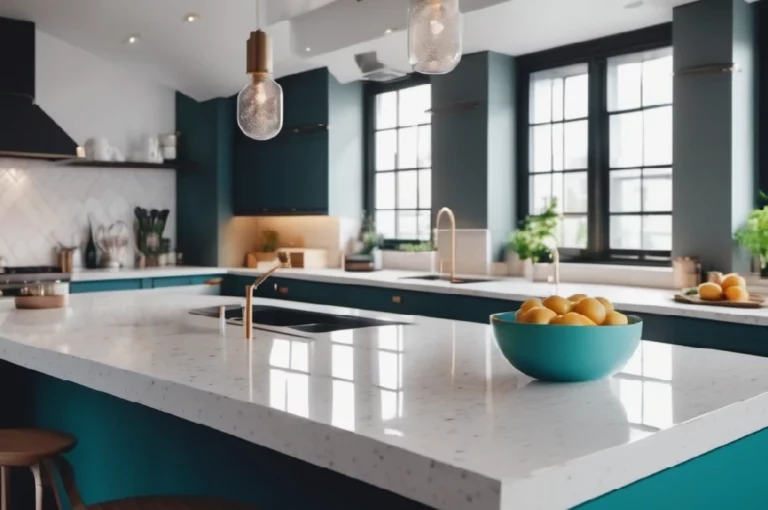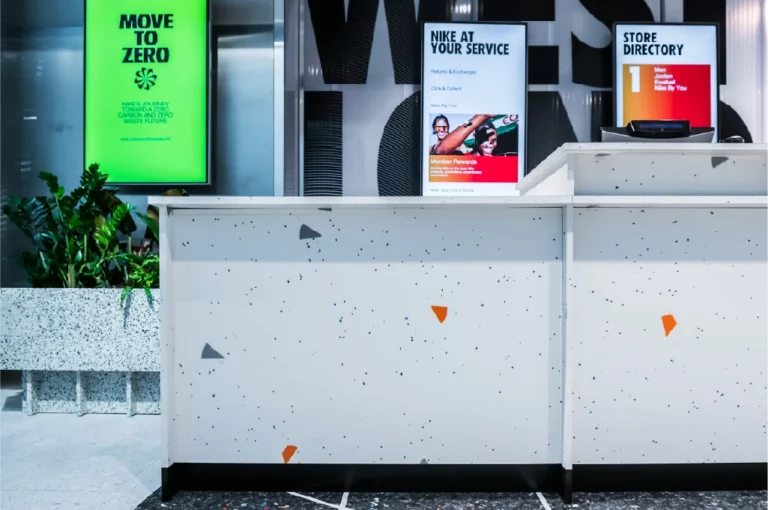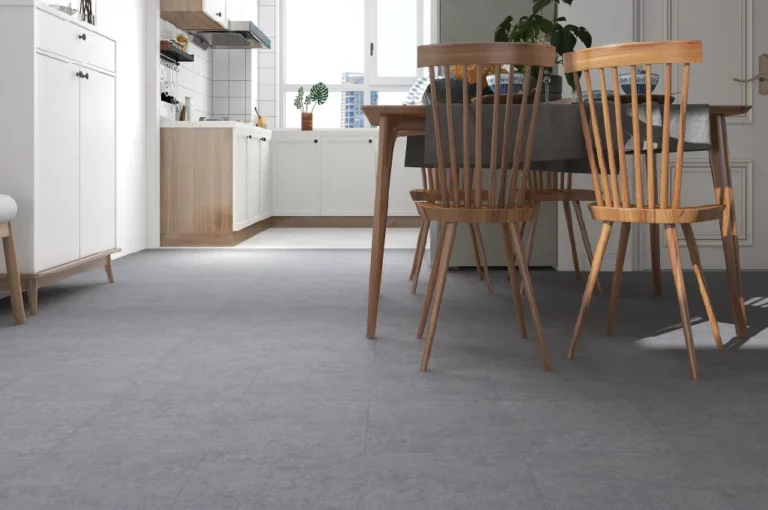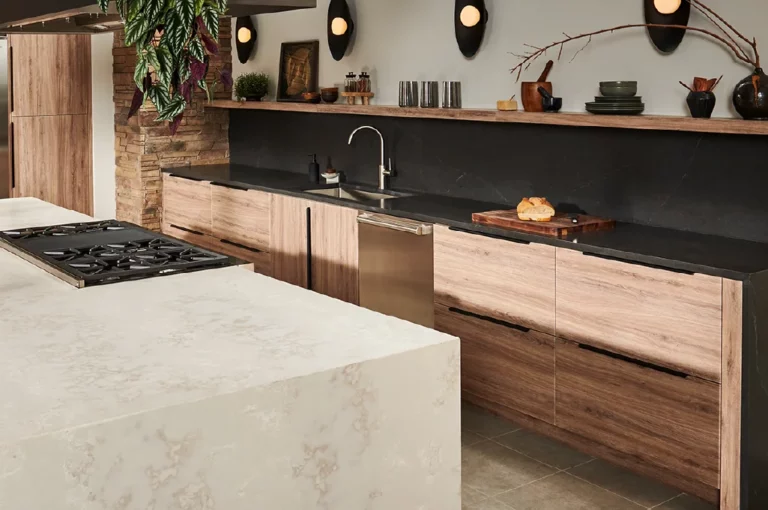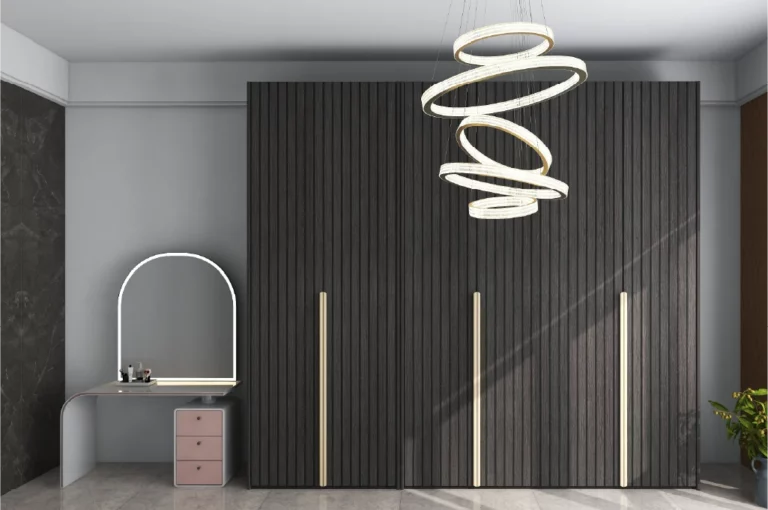Everything You Need to Know About Rattan Cane Webbing Roll
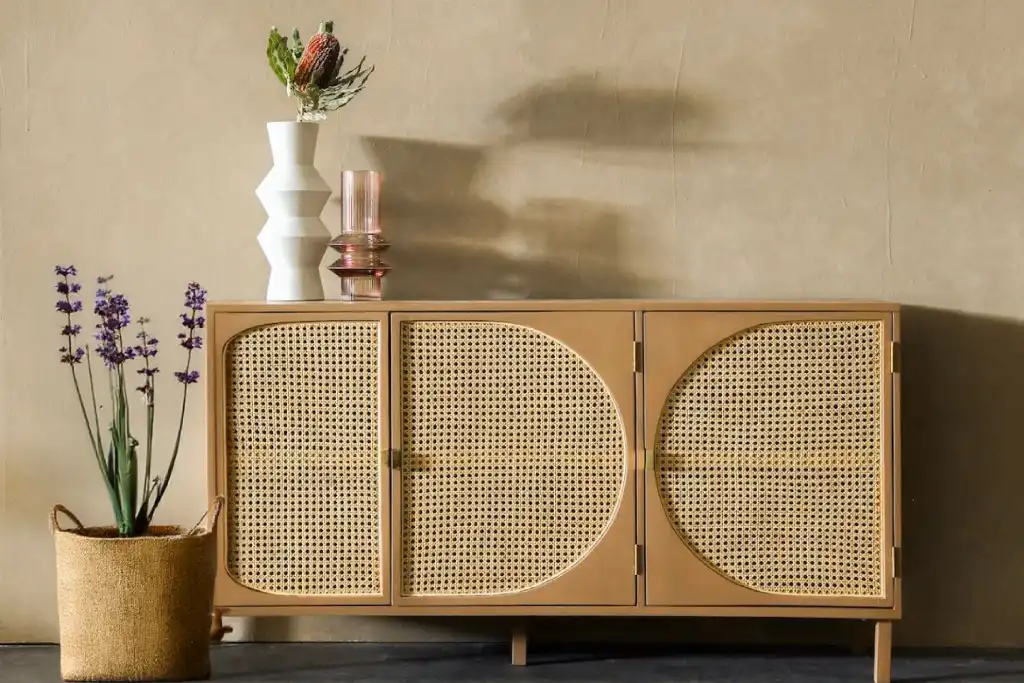
When it comes to interior design and furniture making, the materials you choose can significantly impact both aesthetics and functionality. One such material that has gained popularity in recent years is the Rattan Cane Webbing Roll. In this blog, we’ll explore everything you need to know about this versatile material, from its definition and manufacturing process to its various applications and benefits.
What is Rattan Cane Webbing Roll?
To start, let’s understand what a Cane Rattan Webbing Roll actually is. Essentially, it is a pre-woven material made from the outer skin of the rattan plant. This thin, flexible webbing is commonly used in furniture decoration and various design projects. The weaving process involves cutting the outer layer of the rattan into thinner strips and then weaving these strips into intricate patterns. The result is a beautiful and functional material that adds a unique touch to any space.
Understanding Rattan vs. Cane
Before diving deeper into the applications of Rattan Cane Webbing Roll, it’s essential to understand the difference between rattan and cane. While these terms are often used interchangeably, they refer to different parts of the rattan palm plant. Rattan refers to the entire plant, including both its outer skin (cane) and inner core (reed). On the other hand, cane specifically refers to the outer part, which is smoother and more pliable, making it ideal for detailed decorative designs.
The Manufacturing Process
The manufacturing process of Cane Rattan Webbing Roll involves several steps:
Material Preparation
Material Separation: The outer skin of the rattan plant is carefully peeled away to prepare the raw material for further processing. This step is essential to ensure that only the usable parts of the rattan are processed.
Cutting: The peeled rattan is cut into thinner strips using automated machinery. This step is critical as it determines the width and flexibility of the strips used in weaving.
Weaving Process: The cut strips are woven together to create large panels with intricate designs. This process not only enhances the aesthetic appeal but also contributes to the structural integrity of the final product.
Finishing and Quality Control
Drying and Curing: After weaving, the panels may undergo drying and curing processes to enhance durability and prevent fungal growth. This can involve sun drying or using heat treatments.
Quality Inspection: The finished panels are inspected for defects, ensuring that only high-quality products proceed to packaging and distribution.
Additional Treatments
Fumigation and Preservation: Some processes may include fumigation to achieve uniform color and additional preservation treatments to extend the lifespan of the rattan products.
This process results in a product that is not only aesthetically pleasing but also lightweight and flexible, making it easy to work with for various applications.
How to Attach or Install Rattan Cane Webbing Roll
Attaching or installing rattan cane webbing rolls is a straightforward process.
Here are the steps to follow:
Prepare the Frame: Ensure that the frame where you will attach the cane webbing is clean and free from dust or old glue.
Soak the Cane Webbing (if natural): If using natural cane webbing, rinse it gently in cool water to make it more pliable for installation.
Clean the Frame Again: Wipe down the frame to remove any debris that may have settled during preparation.
Position the Cane Webbing Roll: Lay the cut cane webbing over the frame, centering it evenly on all sides.
Secure the Cane Webbing: Use a staple gun or wood glue to fasten the webbing to the frame, starting from one side and working your way around.
Trim Excess Material: After securing, trim any excess cane webbing with scissors or a utility knife for a neat finish.
Final Touches: Allow any adhesive to dry completely if used, and clean the installed webbing with a damp cloth.
Diverse Applications of Rattan Cane Webbing Roll
The versatility of the Rattan Cane Webbing Roll makes it suitable for numerous applications.
Here are some popular uses:
a) Furniture Decoration: One of the most common applications is in furniture design. Designers often use cane webbing rolls on chair backs, cabinet doors, and even as accents on sofas. This adds an artisanal vibe that enhances any interior setting.
b) Wall Coverings: Using cane webbing as wall coverings can introduce a relaxed yet sophisticated aesthetic to your spaces. Its organic design can transform plain walls into captivating focal points.
c) Ceiling Decorations: In coastal areas or resorts, you might find rattan cane webbing used in ceiling decorations. It brings a sense of nature indoors and creates an inviting atmosphere.
d) Craft Projects: For those who love DIY projects, Cane Rattan Webbing Rolls can be used in crafting baskets, gift wraps, wall hangings, or even personal accessories. Its natural look imparts a chic aesthetic to handmade items.
Benefits of Using Rattan Cane Webbing Roll
Incorporating Rattan Cane Webbing Rolls into your design projects offers several benefits:
i) Sustainability: Made from natural materials, rattan is an eco-friendly choice that appeals to environmentally conscious consumers.
ii) Durability: Despite being thinner than solid rattan, cane webbing is still quite durable when properly maintained. It can withstand everyday wear and tear while retaining its beauty.
iii) Aesthetic Appeal: The intricate patterns created during the weaving process add visual interest to any piece of furniture or decor item.
iv) Flexibility: The lightweight nature of cane webbing makes it easy to cut and apply to various surfaces without compromising structural integrity.
Caring for Your Rattan Cane Webbing Roll
To ensure longevity and maintain the beauty of your Cane Rattan Webbing Roll, consider these care tips:
a) Regular Cleaning: Dust your cane webbing regularly with a soft cloth or vacuum with a brush attachment to keep it free from dirt and debris.
b) Avoid Excess Moisture: While cane webbing can handle some humidity, excessive moisture can lead to mold or mildew growth. Keep it dry and well-ventilated.
c) Protect from Direct Sunlight: Prolonged exposure to direct sunlight can cause fading over time. If possible, position your furniture away from harsh sunlight or use protective coatings.
Conclusion
Understanding everything about Rattan Cane Webbing Rolls opens up a world of possibilities for enhancing your interior spaces. Whether you’re looking to add elegance through furniture decoration or seeking unique materials for your DIY projects, cane webbing offers both beauty and functionality. As you consider incorporating this versatile material into your designs, remember its sustainable properties and aesthetic appeal make it a preferred choice among designers and homeowners alike. So go ahead—explore the endless possibilities that come with using Cane Rattan Webbing Rolls, and let your creativity shine!


